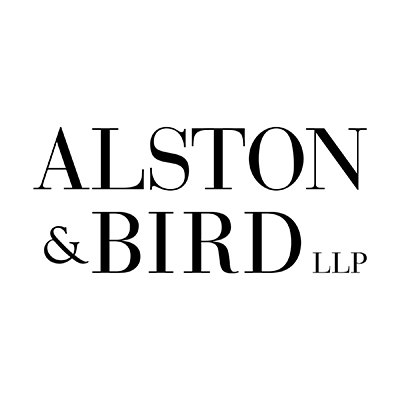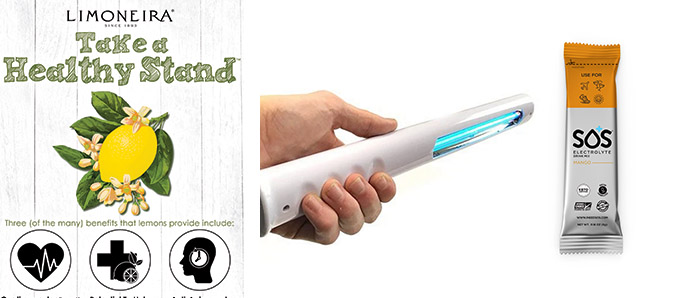 As Benjamin Franklin noted, and as countless authors have affirmed since then, an ounce of prevention is worth a pound of cure. That is the animating principle of two related sets of FDA regulations affecting the food and beverage industry: the Current Good Manufacturing Practices (cGMP) regime and the Hazard Analysis and Critical Control Points (HACCP) system. Proactive compliance with those standards may minimize your exposure to contamination outbreaks, severe recalls, government investigations, and lawsuits. It is probably also good business in its own right.
As Benjamin Franklin noted, and as countless authors have affirmed since then, an ounce of prevention is worth a pound of cure. That is the animating principle of two related sets of FDA regulations affecting the food and beverage industry: the Current Good Manufacturing Practices (cGMP) regime and the Hazard Analysis and Critical Control Points (HACCP) system. Proactive compliance with those standards may minimize your exposure to contamination outbreaks, severe recalls, government investigations, and lawsuits. It is probably also good business in its own right.
Overview of FDA’s cGMP Regulations and Related Programs
Like many acronyms that emanate from Washington, the cGMP and HACCP programs impose a variety of complex obligations and “suggestions” on FDA-regulated industries like the food and beverage sector. But the gist is straightforward. These programs generally require companies to establish—and ensure compliance with—best practices in the manufacturing and distribution of food products.
The theory is that by baking many quality control measures into the production, distribution, and retail service chain, it will be easier to prevent food safety issues before they reach the consuming public. And, in the event they do reach the public, it will be easier to identify the problem, identify the affected items, and conduct a recall or enforcement action.
Compliance Matters
The consequences for lack of compliance can be severe. FDA’s rules are intended to ensure the safety of the food supply, which is obviously a first-tier priority for FDA and industry alike. Products that do not comply are deemed adulterated under the Food, Drug, and Cosmetic Act, which prohibits their sale in interstate commerce, among other things. Those are obviously adverse designations with important consequences in terms of recalls, brand reputation, investigations, and litigation.
FDA is aggressive about lack of compliance. Two recent settlements involving pharmaceutical manufacturers, who operate under a similar regime, netted the agency over a billion dollars.
Proactive compliance can minimize exposure to severe issues and collateral consequences. In principle, vigorous quality controls should reduce the risk of issues on the front end, or at least minimize them before they become widespread.
Compliance also has risks, though. Drafting the world’s best compliance plan will do nothing to help if it is not followed, and if it is unrealistic then failure to comply with it will look bad to anyone evaluating the company’s conduct. There are recent examples of companies that allegedly fell short of complying with their own plans, with costly results. Which means that compliance programs should be thoughtfully designed, carefully implemented, and critically evaluated for revision as circumstances warrant.
Suggested Next Steps
If your company is among the 25% of the U.S. economy regulated by the FDA, chances are you have a cGMP, HACCP, and/or related plan in place. A good first step is to ensure that your plan meets the current FDA (and any state) requirements and makes sense in the context of how your company actually does business.
This can be an opportunity to add value by engaging with colleagues about where potential issues are likely to arise, as well as what can and should be done to identify them in advance or as soon as possible. Product quality issues happen; advance planning and cGMP/HACCP compliance can make them rare and manageable.
Josh Becker is a partner, and Aaron Block is a senior associate, with Alston & Bird LLP. They both practice in the firm’s Atlanta office, and focus their practices on the defense of companies in the food/beverage/supplement and drug/device industries. For more information please visit www.alston.com







